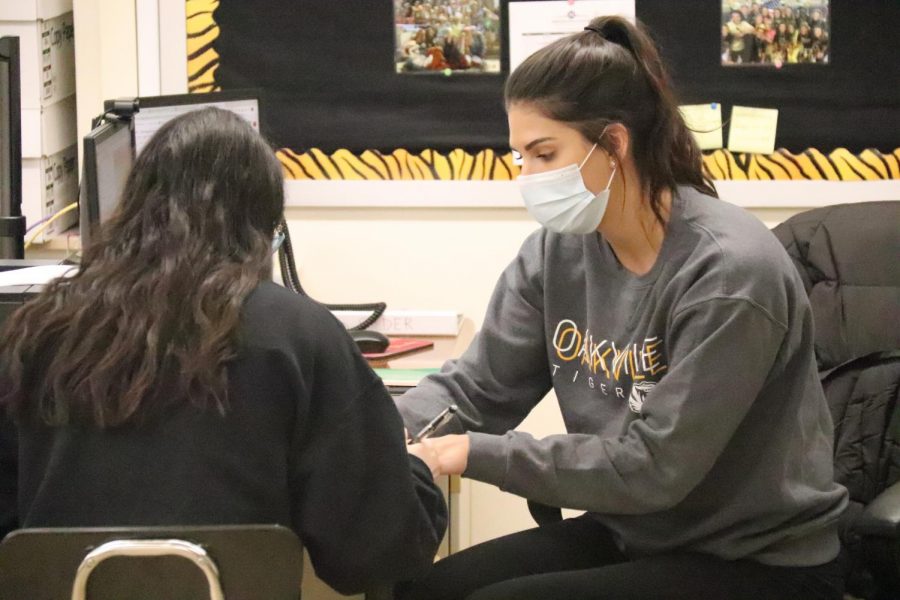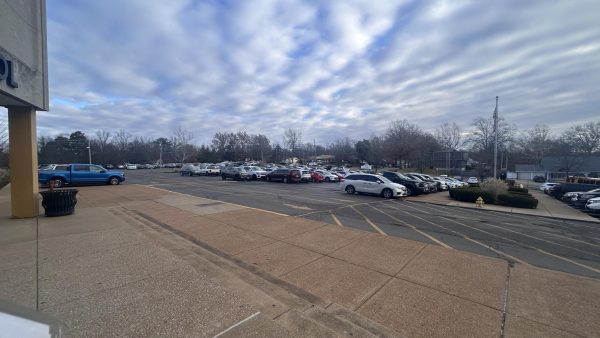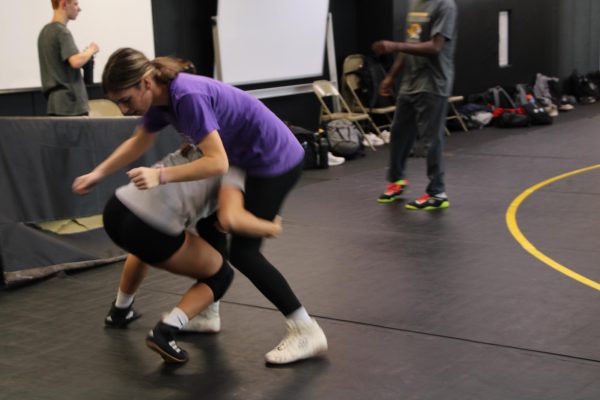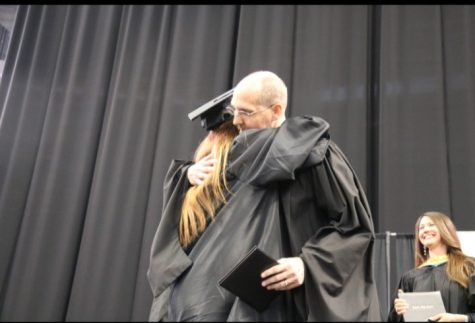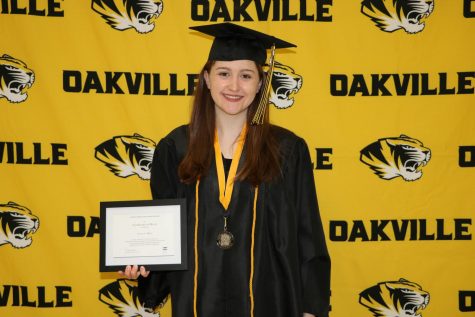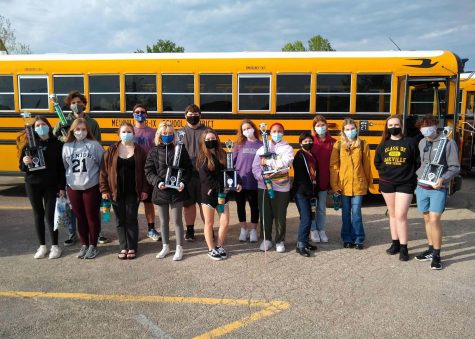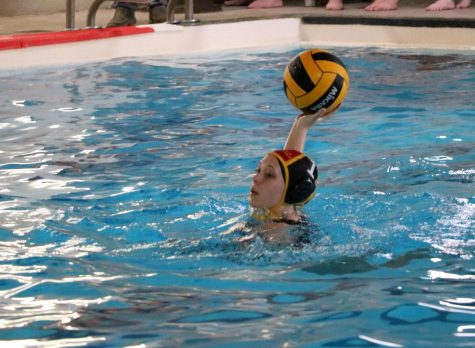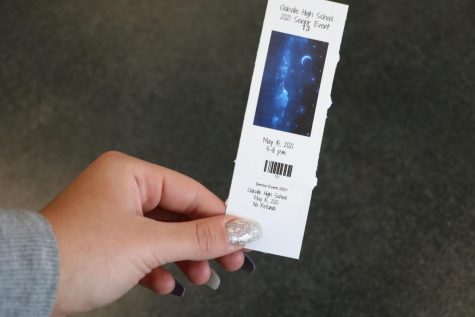Connected Model a safer, more efficient alternative to learning
Mrs. Bhambri utilizes intervention time by helping a student with their school work.
Due to the COVID-19 pandemic, OHS has created two new learning plans to stay safe: the “Connected Model” and the “Blended Model.” The Connected Model is 100% virtual, all classes taking place on Google Meets from home, while the Blended Model has students learning in the building for two days a week — one half going on Tuesdays and Thursdays and the other going on Wednesdays and Fridays.
Monday’s classes take place on Google Meets in this model, and students receive Google Classroom assignments on the days in which they don’t enter the building. Although many students prefer the Blended Model due to increased interactions with their peers, the Connected Model is truly more effective.
At the beginning of the 2020 school year, OHS used the Connected Model of learning due to high cases of COVID-19. Eventually, Mehlville School District high school students were finally able to return to school under the Blended Model on Oct. 27. After only about three weeks in this learning plan, all high school students in the district had to return to the Connected Model on Nov. 16 due to the rise of cases among high schoolers. It was disappointing for most, but what were we really accomplishing during our time in the Blended Model?
Due to block scheduling, students only interacted with each teacher they had twice a week, including the virtual Monday C-Days, which only allowed 50 minutes of each class. This is not enough student-to-teacher interaction to sustain education.
“I really liked seeing my friends at school,” said Bella Risk (11), “but we had to slow down a lot in class and we didn’t get much done.”
The Blended Model is less stressful to students, but this is not only due to being able to see their peers; it is mostly due to the lack of material being taught in the model. Teachers were forced to significantly slow down their curriculum, and many students would forget what occurred in their previous class because it was a full week beforehand.
“My biggest challenge [in the blended model] was the time between classes with the kids,” said psychology teacher Ms. Sue Caton. “I much prefer the connected model for that reason.”
Another conflict that arose within the Blended Model was the issue that students and teachers were getting sick and had to quarantine for 14 days, leaving them to miss important classwork. Some classrooms had less than five students in them due to this issue. Not only does this affect learning, but it also puts the health of students and their families at risk. This was ultimately the reason for returning to the Connected Model.
After returning to the Connected Model, administrators made significant changes to the previous virtual schedule, implementing nearly three hours of “intervention time,” where select students would be able to enter the building to seek help, complete in-person assignments, and more, with permission from their teacher. This plan remarkably improved the Connected Model and allows for more class time than the Blended Model, although it is virtual. The addition of intervention time also allows for students to see their teachers and peers on occasion as opposed to the previous Connected Model.
“My choir class uses intervention time to practice songs in person,” said Gabriel Boll (12). “Now, I can see all of my classmates instead of only one cohort.”
The only cons to the Connected Model include the difficulty with keeping students engaged as well as the seeming increase of stress in students. Due to a lack of peer interaction and an increase in classwork, it seems that students would become more stressed, but Hailee Schaal (11) has embraced this new model instead.
“I use intervention time to get some fresh air and take a break from the screen by going to Cliff Cave Park,” Schaal said. “It really helps me de-stress.”
Despite many students’ and teachers’ preferences for the Blended Model, it is clear that the new Connected Model with intervention time is the most effective learning plan for high schoolers. A regularly scheduled week would be best for learning, but due to the pandemic, we must opt for the next best thing. The Connected Model increases class time and therefore enhances learning more than the Blended Model, making it our best option for education.
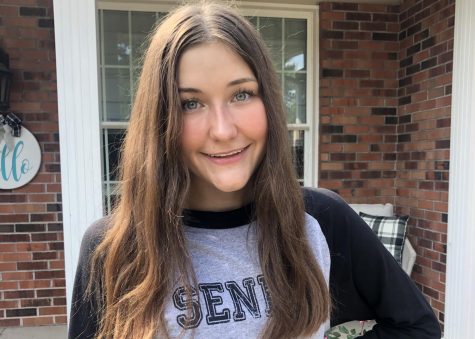
My name is Emma Borage and I'm a senior this year. This is my first year in the journalism program, and I'm also involved in cheerleading, NHS, and the...


